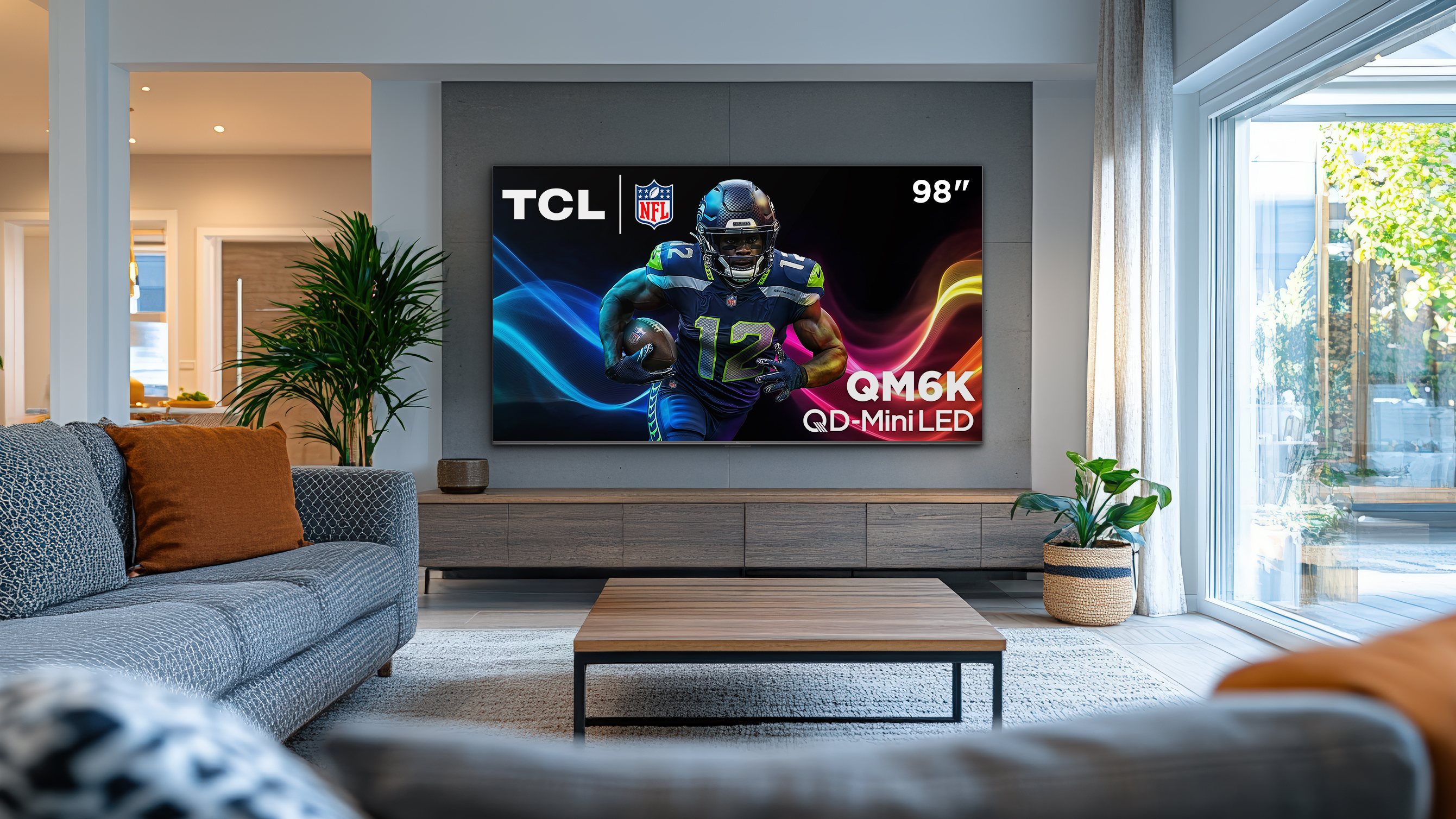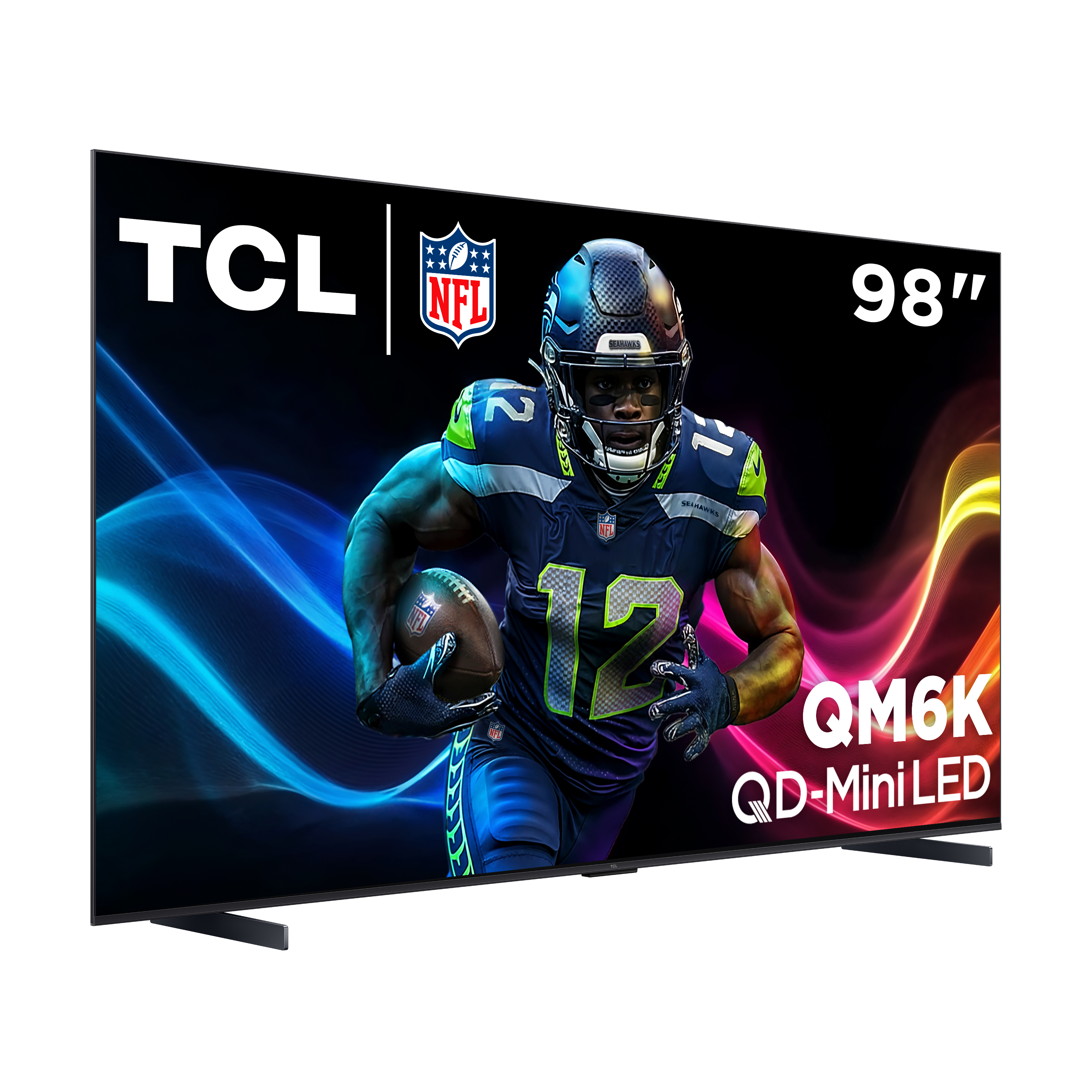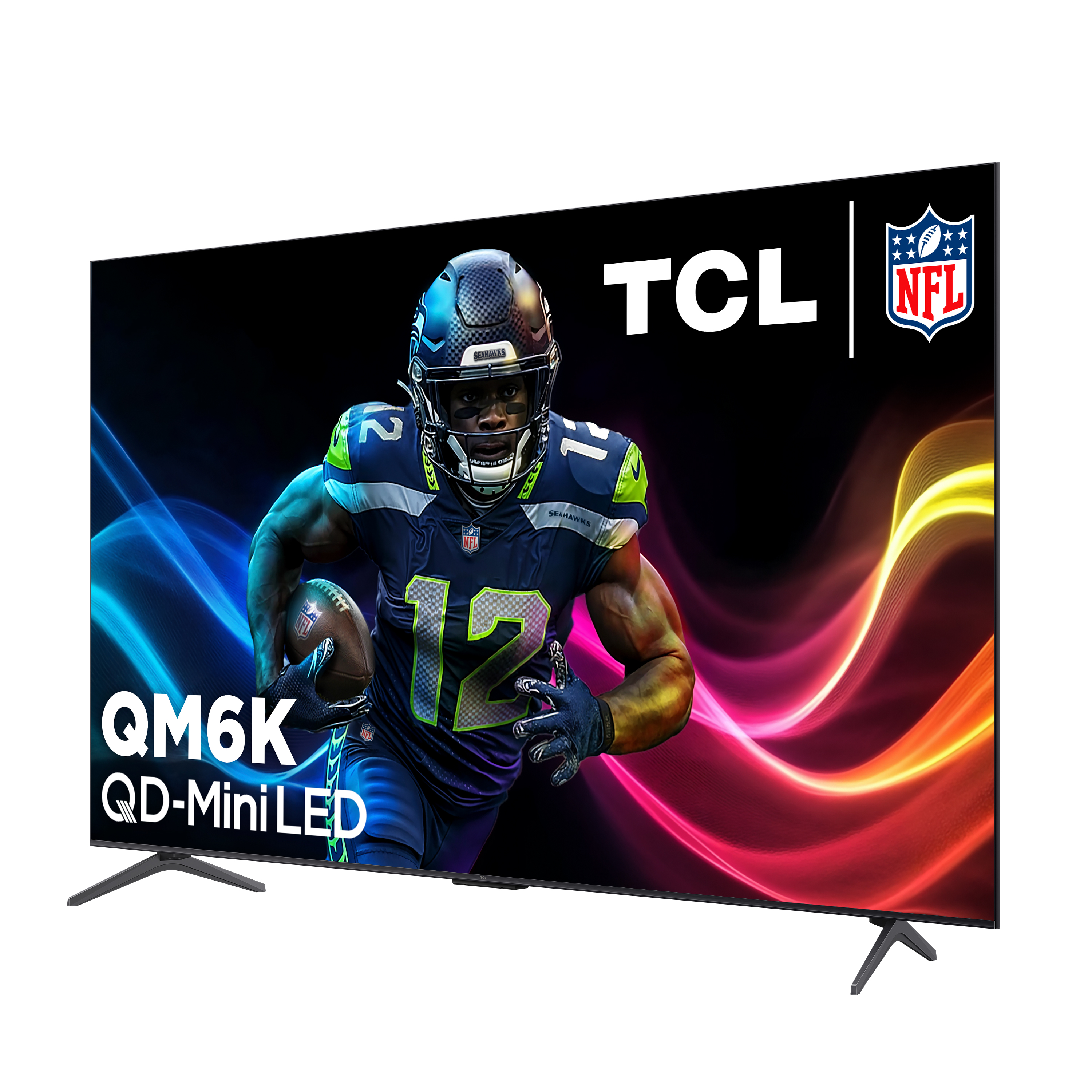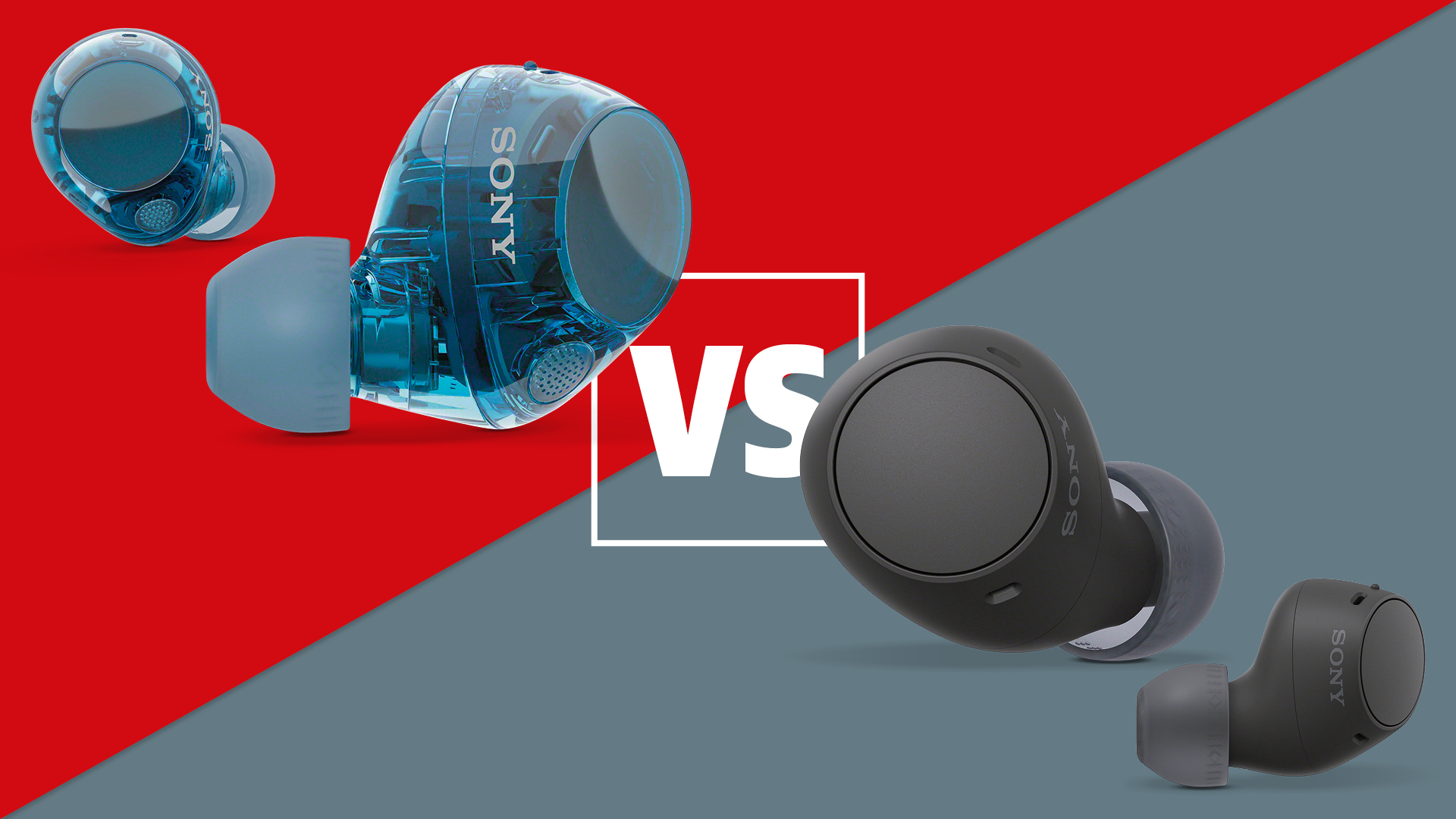TCL announces first 'Precise Dimming Series' QD-Mini LED TV at CES
Brighter, more efficient, less blooming, and super-fast refresh rates? Let’s hope TCL’s latest series delivers on all fronts

TCL has taken the wraps off its new QM6K television series at CES 2025, marking the debut of what the company calls its Precise Dimming Series. Crammed with tech developed in the company's Pangu Lab (which TCL proudly notes is the world's first full-process Mini LED development centre), the QM6K series aims to improve performance across the board, at prices that won’t decimate your precious funds.
As for what it’s bringing to the table? Well, it’s brighter for a start, with a 53 per cent increase in brightness output, while simultaneously improving light efficiency by 10 per cent. This brightness boost should be a welcome improvement for those with eye-searing, sunlit rooms, though we’ll have to test the improvements with our own eyes to see the real-world impact.
Another key feature lands in the form of TCL's new Micro OD technology, which tackles one of Mini LED's most persistent challenges – the halo effect, aka ‘blooming’. This pesky visual artefact occurs in LED-backlit displays when bright objects appear against dark backgrounds and are surrounded by a rather unsightly, distracting glow. By reducing the optical distance between the backlight and diffuser plate, TCL claims to have made significant strides in picture quality, with internal testing showing an 86 per cent improvement in backlight uniformity, and a 67 per cent reduction in blooming artefacts. Numbers aside, we’re looking forward to seeing if these impressive on-paper stats translate to impressive OLED-comparable results in the real world.

By reducing the optical distance between the backlight and diffuser plate, TCL claims its redesigned backlight system creates clearer, sharper edges, even between the brightest white and darkest black. Working in conjunction with the new Lens system, the company claims testing shows a 143 per cent improvement in backlight uniformity and more than 18 per cent reduction in blooming artifacts. These percentage improvements, incidentally, are ”versus the combination of last year’s lens and optical distance at these price points”, according to TCL.
These improvements work alongside a high-contrast High Vertical Alignment (HVA) panel. While regular VA displays have traditionally offered strong contrast performance, HVA panels specifically target light leakage in dark scenes. When combined with the Micro OD technology and TCL's backlight system, the HVA panel's light-blocking capabilities play a crucial role, especially when it comes to the aforementioned bloom control. The upshot of all this (at least, according to TCL), is up to five times better contrast than competing models, achieving a 7,000:1 static contrast ratio. Again, we'll have to see just how well this brings the fight to the perfect contrast of OLED sets, but we're remaining tentatively optimistic for now.
Colour reproduction also promises improvements, thanks to new Quantum Dot Technology featuring upgraded Quantum Crystals, combined with a new Color Optimization Algorithm. The system can render over one billion colours while covering more than 98 per cent of the DCI-P3 colour gamut, with TCL stating that these Quantum Crystals can maintain their performance for up to 100,000 viewing hours.
But wait, spec fans – there’s more. TCL's Halo Control Technology Suite also claims to provide a plethora of key features, including Zero-Delay Transient Response (which reduces lag between input signal and backlight response), and a new Bi-directional 23-bit Backlight Controller which enables granular control of over 65,000 brightness levels per LED. A new Dynamic Light Algorithm also optimises SDR signals to render at near HDR levels, demonstrating TCL's focus on enhancing all content types.
Get the What Hi-Fi? Newsletter
The latest hi-fi, home cinema and tech news, reviews, buying advice and deals, direct to your inbox.

On the gaming front, there’s a slick 144Hz native refresh rate on offer, complemented by variable refresh rates up to 288Hz (though the 55-inch model is limited to 240Hz). The QM6K series also carries both IMAX Enhanced and AMD FreeSync Premium Pro certifications, while HDR support spans Dolby Vision IQ, HDR10+, HDR10, and HLG, along with compatibility for the new DLA format.
As for audio, there’s a new Onkyo 2.1 speaker system that delivers 40W of power through a triple speaker set-up with support for Dolby Atmos and DTS Virtual:X. The smart TV experience is handled by Google TV, complete with hands-free voice control via a far-field microphone array, while new additions for 2025 include a Sleep Sounds Mode and Dolby Vision Filmmaker Mode. Round the back you’ll find four HDMI ports (with one supporting eARC).
The QM6K series will be available in six sizes in the US market, with aggressive pricing across the range. The 50-inch model starts at $750, followed by the 55-inch at $800, the 65-inch at $1000, and the 75-inch at $1300. The premium end of the lineup sees an 85-inch model at $2000, while the wall-dominating 98-inch version tops out at $3500. UK and Australian pricing and availability have yet to be confirmed, but we'll update this article accordingly when more details are confirmed.
We’ll be sure to check out TCL’s new contender in person, directly from the cavernous halls of CES in Las Vegas, so stay tuned for our first impressions.
MORE:
CES 2025: all the latest news from the world's biggest tech show
LG announces G5, C5, B5 and M5 OLED TVs, none of which feature MLA technology
Best TV 2025: flagship OLEDs and affordable flatscreens tried and tested

